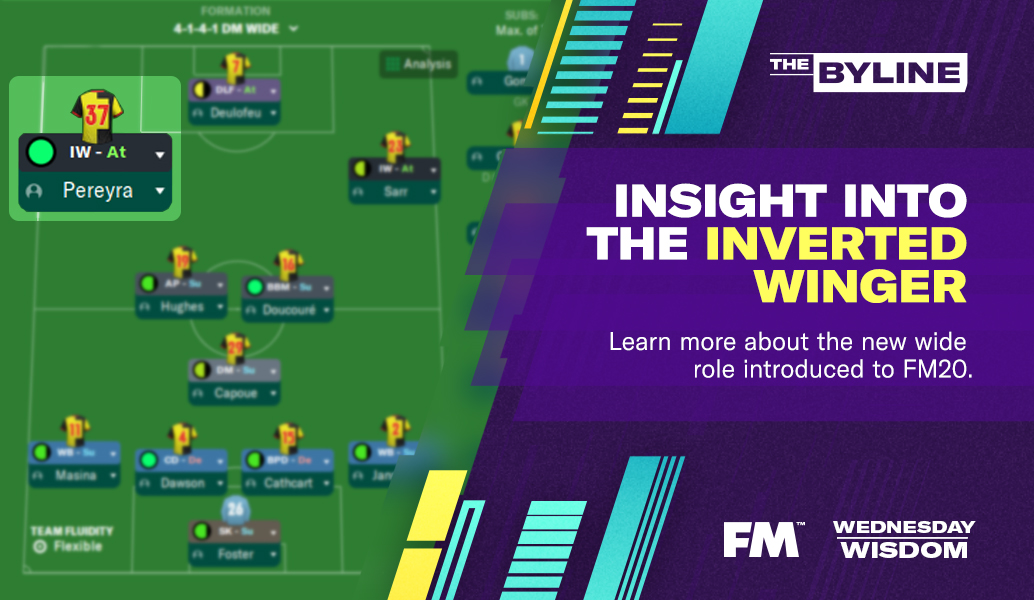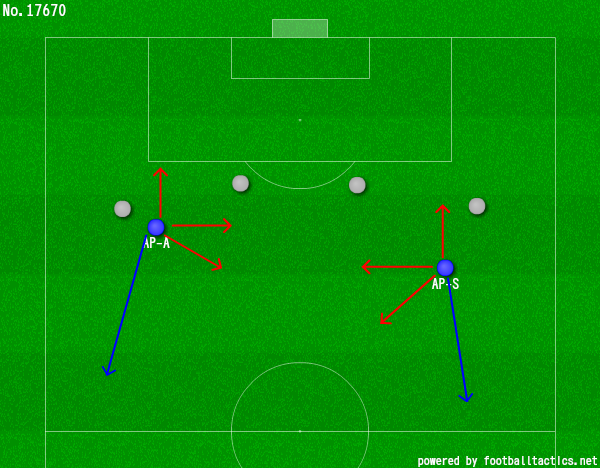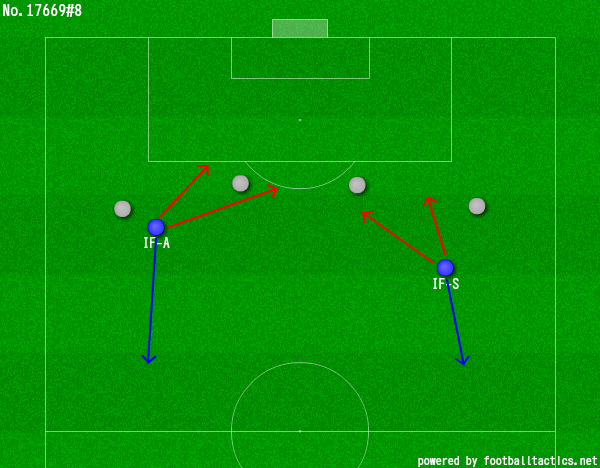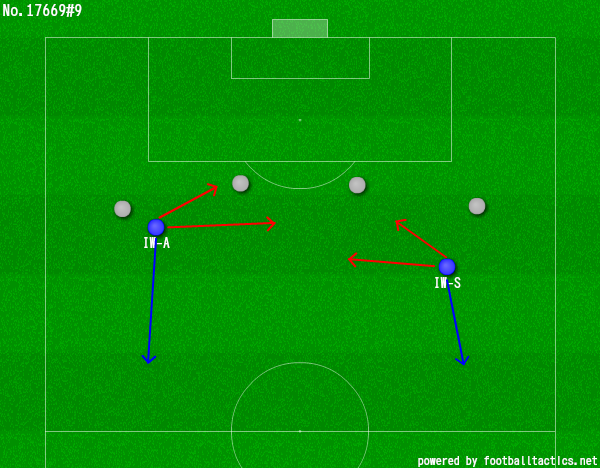

Join the Squad Get Rewarded
Unlock early access to FM feature drops, news and reveals before anybody else. Plus, behind-the-scenes insights and incredible members-only giveaways.
Sign for FMFCAlready a member?

We’ve detected that your browser is in English, click the button below to go to the dedicated English version of the Football Manager website.
Go to English site
Hemos detectado que tu navegador está en español. Haz clic en el botón de abajo para ir a la versión del sitio web de Football Manager en este idioma.
Ir al sitio web en español
Nous avons détecté que votre navigateur est en français, cliquez sur le bouton ci-dessous pour vous rendre sur la version en français du site internet de Football Manager.
Allez vers le site en français
Tarayıcınızın dilinin Türkçe olduğunu belirledik. Football Manager web sitesinin Türkçe versiyonuna gitmek için aşağıdaki düğmeye tıklayın.
Türkçe sitemize gidin
Abbiamo rilevato che il tuo browser è in italiano, clicca sul pulsante qui sotto per andare alla versione italiana del sito di Football Manager.
Vai al sito italiano
Wir haben erkannt, dass Ihr Browser auf Deutsch eingestellt ist. Klicken Sie auf die untere Schaltfläche, um zur deutschen Football Manager-Seite zu gelangen.
Zur deutschen SeiteAdd to wishlist now to get launch alerts straight to your inbox.
Guido Merry takes on the task of analysing the newly-introduced Inverted Winger to see what separates that role from other types of wide-men in FM20.

Back when I started watching football, which was at some point in the early nineties, most teams used prolific wingers; speedy dribblers with an excellent cross who mostly stuck to the sidelines in order to stretch opposition defences.
Nowadays, one will struggle to find a player like this at many of the world’s elite clubs. In the modern game, it’s the wing-back or full-back’s job to maraud the flank and put the crosses in. The traditional winger has been replaced by the inside forward.
While these inside forwards initially emerged and evolved within 4-2-3-1 formations, they have different roles to play depending on the team they play for and the formation they are used in.
In previous versions of the game, the only tactical option a manager had in his arsenal for these formations was to employ an inside forward. Nowadays, we can use both the inside forward and the inverted winger. The main job of these inside forwards is to use their pace and technique to take on their man and drive towards goal.
In previous iterations of Football Manager, we could use the Inside Forward role for this exact purpose. Real-life examples of Inside Forwards as the Football Manager match engine envisioned them would be players such as Arjen Robben, Thierry Henry or contemporaries like Serge Gnabry and David Neres.
The playing style of these players is direct. Once on the ball, they combine technique and dribbling with acceleration and good decision-making to get past their opponent and either take a crack at goal or look for a pass. This style of play did not entirely match the style of other real-life Inside Forwards who drive inside but opt for a through-ball or cross instead of shooting.
In older versions of the game, you either made these players Inside Forwards, including the hard-coded behaviour that instructed them to cross less, or you turned them into Advanced Playmakers, accepting that they would cross less and take fewer shots, but take more risks in their passing. FM20 offers you another option here, the Inverted Winger.
So how will this role give us managers greater flexibility? Lines have become blurred, as have perceptions of what each role means the player ought to do during a match. To see what they are supposed to do, we can just look at their hard-coded instructions, the ones we cannot change. I will compare the Inside Forward, Advanced Playmaker and Inverted Winger roles.
The advanced playmaker, when fielded on the flanks, is primarily a midfielder placed in a wider position, who seeks to find space and create opportunities for himself and for his teammates, especially looking for space between the lines. The player operates quite narrowly but they tend to backtrack defensively when the team is without the ball.

When we compare the advanced playmaker to the inside forward, we can immediately see that the latter provides more movement towards the box, more penetration into the penalty area and a different offensive skillset.
This makes sense when we examine their hard-coded behaviour. Inside Forwards are more offensive-minded. They want to drive at the heart of the opposition defence, cutting inside from a wider position. Instead of looking to create chances for their team-mates with a through-ball, they are far more likely to try and score a goal themselves.
This does not mean, though, that they will blindly take a shot and ignore team-mates in good positions. When set as an attacking player, they are more likely to go for goal, while on support duty, the Inside Forward is further away from goal and thus more likely to look for a team-mate in space.

This brings us to the Inverted Winger. The in-game description states that he "aims to frequently cut inside the attacking third to open up space for overlapping full-backs and to subsequently overload retreating defenders."
Their hardcoded behaviour is different compared to the other roles mentioned above since they are not instructed to cross less often or take more risks. They offer a more conservative version of the Inside Forward or, perhaps more accurately, a combination between the Inside Forward and Advanced Playmaker.
The movement of an Inverted Winger is slightly more lateral compared to that of an Inside Forward. The Inverted Winger moves into the centre, cutting inside from a wide position. Instead of taking a shot, he often plays a pass before positioning himself inside the penalty area.

When we examine the heat map of, and passes received by, an Inverted Winger, we can see this movement. He will cut inside to receive a pass, move it on and slide in between the central defender and full-back in the area.



Unlock early access to FM feature drops, news and reveals before anybody else. Plus, behind-the-scenes insights and incredible members-only giveaways.
Sign for FMFCAlready a member?

Don't Miss a Moment
Be the first to know what's next by following us across social media @FootballManager. Same handle, every platform.